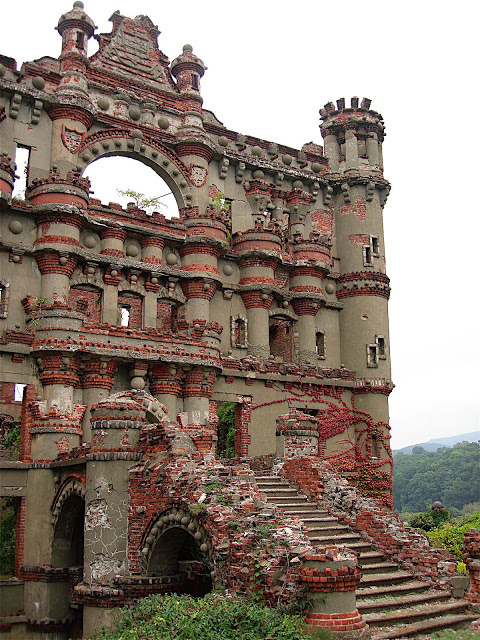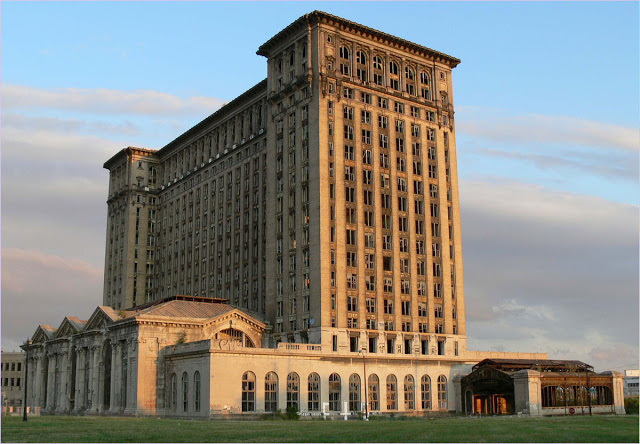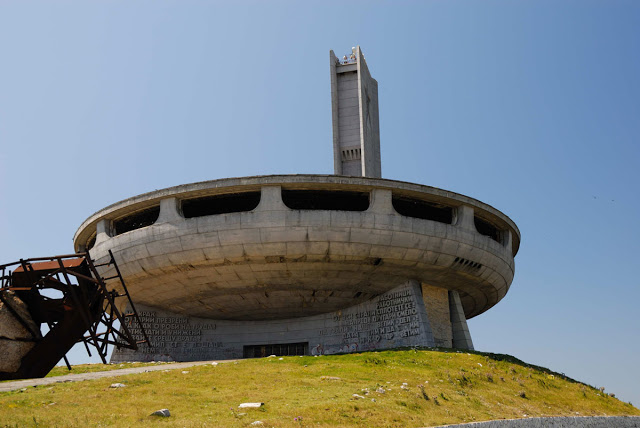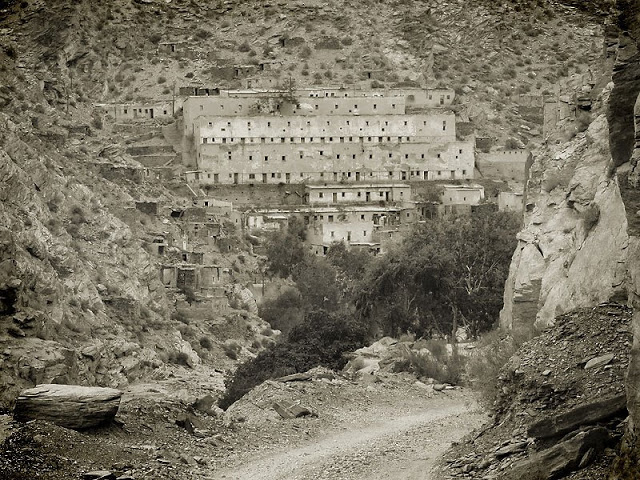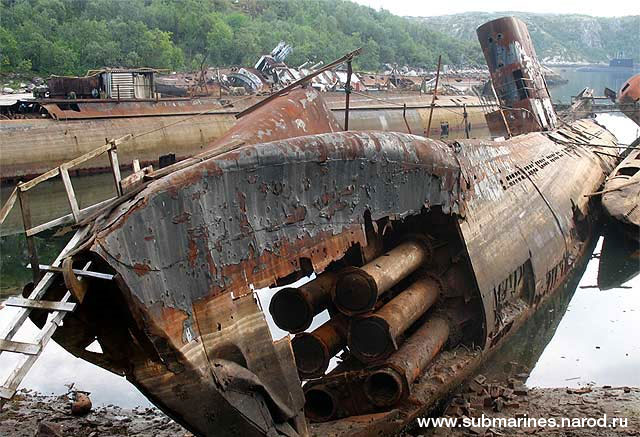Showing posts tagged places
Bannerman's castle, Abandoned military surplus warehouse, Pollepel Island, Hudson River, New York, USA
Pollepel Island is an island in the Hudson River. Also known as Pollopel Island, Pollopel's Island and Bannerman Island, it is the site of Bannerman's Castle. The principal feature on the island is Bannerman's Castle, an abandoned military surplus warehouse. It was built in the style of a castle by businessman Francis Bannerman VI (1851–1918). It remains one of a very small number of structures in the United States which can properly be called a castle. Pollepel Island is sometimes referred to as Bannerman's Island.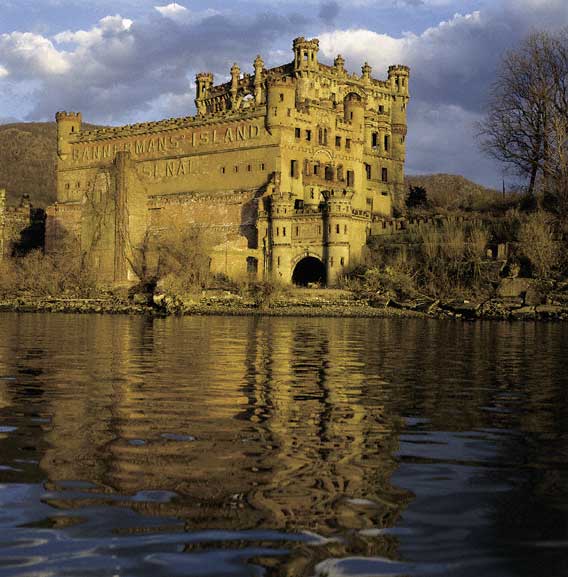 Francis Bannerman VI purchased the island in 1900 for use as a storage facility for his growing surplus business. After the Spanish-American War Bannerman bought 90% of the US army surplus, including a large quantity of ammunition. Because his storeroom in New York City was not large enough, and to provide a safe location to store munitions, in the spring of 1901 he began to build an arsenal on Pollepel.
Francis Bannerman VI purchased the island in 1900 for use as a storage facility for his growing surplus business. After the Spanish-American War Bannerman bought 90% of the US army surplus, including a large quantity of ammunition. Because his storeroom in New York City was not large enough, and to provide a safe location to store munitions, in the spring of 1901 he began to build an arsenal on Pollepel.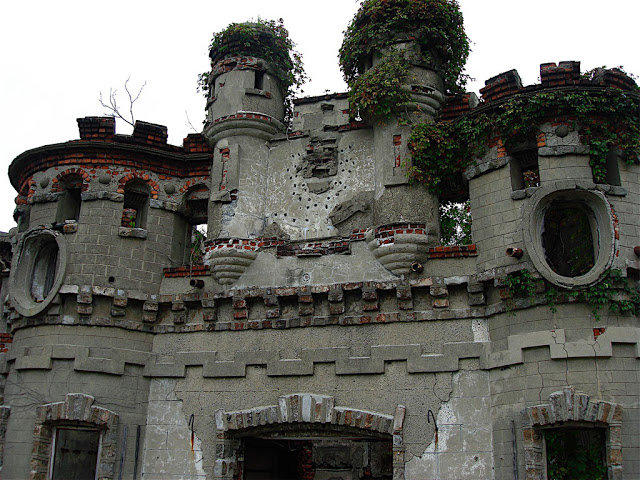 Bannerman designed the buildings himself and let the constructors interpret the designs on their own. Most of the building were devoted to the stores of army surplus but Bannerman built another castle in a smaller scale on top of the island near the main structure as a residence, often using items from his surplus collection for decorative touches.
Bannerman designed the buildings himself and let the constructors interpret the designs on their own. Most of the building were devoted to the stores of army surplus but Bannerman built another castle in a smaller scale on top of the island near the main structure as a residence, often using items from his surplus collection for decorative touches.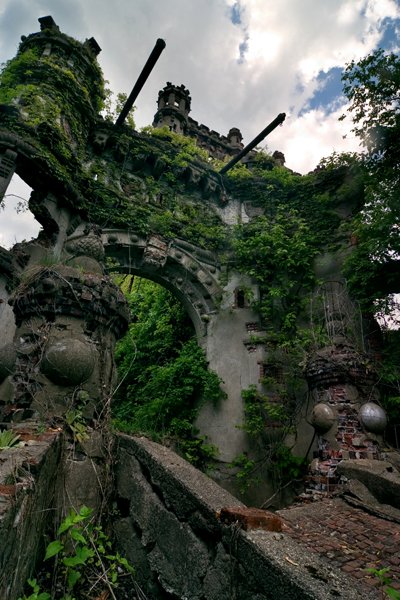 The castle, clearly visible from the shore of the river, served as a giant advertisement for his business. On the side of the castle facing the eastern bank of the Hudson, Bannerman cast the legend "Bannerman's Island Arsenal" into the wall. Construction ceased at Bannerman's death in 1918. In August 1920, 200 pounds of shells and powder exploded in an ancillary structure, destroying a portion of the complex. After the sinking of the ferryboat Pollepel, which had served the island, in a storm in 1950, the Arsenal and island were essentially left vacant.
The castle, clearly visible from the shore of the river, served as a giant advertisement for his business. On the side of the castle facing the eastern bank of the Hudson, Bannerman cast the legend "Bannerman's Island Arsenal" into the wall. Construction ceased at Bannerman's death in 1918. In August 1920, 200 pounds of shells and powder exploded in an ancillary structure, destroying a portion of the complex. After the sinking of the ferryboat Pollepel, which had served the island, in a storm in 1950, the Arsenal and island were essentially left vacant.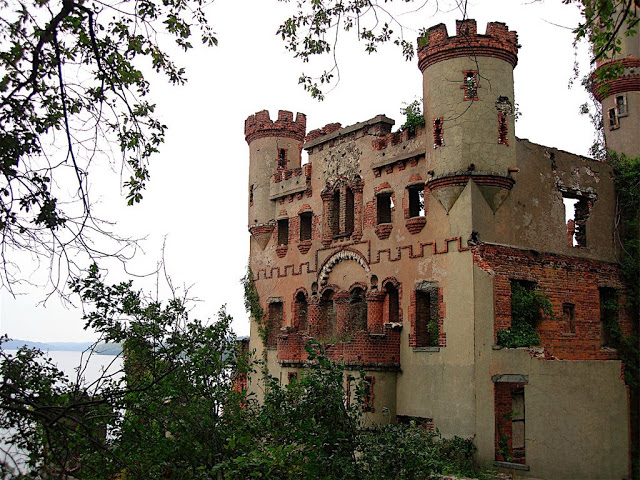 The island and buildings were bought by New York State in 1967, after the old military merchandise had been removed, and tours of the island were given in 1968. However, on August 8, 1969, fire devastated the Arsenal, and the roofs and floors were destroyed. The island was placed off-limits to the public. The castle today Today, the castle is property of the New York State Office of Parks, Recreation and Historic Preservation and is mostly in ruins.
The island and buildings were bought by New York State in 1967, after the old military merchandise had been removed, and tours of the island were given in 1968. However, on August 8, 1969, fire devastated the Arsenal, and the roofs and floors were destroyed. The island was placed off-limits to the public. The castle today Today, the castle is property of the New York State Office of Parks, Recreation and Historic Preservation and is mostly in ruins.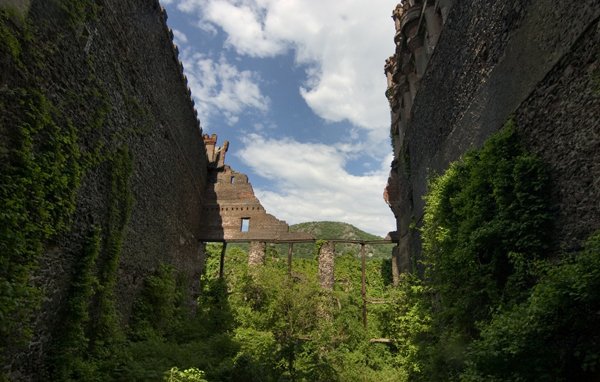 While the exterior walls still stand, all the internal floors and non-structural walls have since burned down. The island has been the victim of vandalism, trespass, neglect and decay. Several old bulkheads and causeways that submerge at high tide present a serious navigational hazard.
While the exterior walls still stand, all the internal floors and non-structural walls have since burned down. The island has been the victim of vandalism, trespass, neglect and decay. Several old bulkheads and causeways that submerge at high tide present a serious navigational hazard.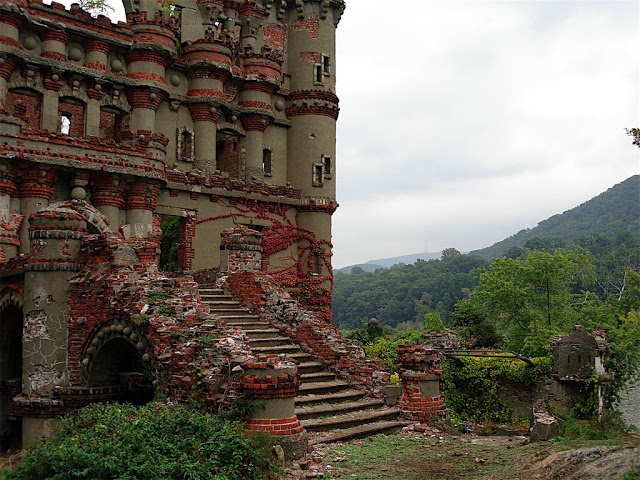

 Francis Bannerman VI purchased the island in 1900 for use as a storage facility for his growing surplus business. After the Spanish-American War Bannerman bought 90% of the US army surplus, including a large quantity of ammunition. Because his storeroom in New York City was not large enough, and to provide a safe location to store munitions, in the spring of 1901 he began to build an arsenal on Pollepel.
Francis Bannerman VI purchased the island in 1900 for use as a storage facility for his growing surplus business. After the Spanish-American War Bannerman bought 90% of the US army surplus, including a large quantity of ammunition. Because his storeroom in New York City was not large enough, and to provide a safe location to store munitions, in the spring of 1901 he began to build an arsenal on Pollepel. Bannerman designed the buildings himself and let the constructors interpret the designs on their own. Most of the building were devoted to the stores of army surplus but Bannerman built another castle in a smaller scale on top of the island near the main structure as a residence, often using items from his surplus collection for decorative touches.
Bannerman designed the buildings himself and let the constructors interpret the designs on their own. Most of the building were devoted to the stores of army surplus but Bannerman built another castle in a smaller scale on top of the island near the main structure as a residence, often using items from his surplus collection for decorative touches. The castle, clearly visible from the shore of the river, served as a giant advertisement for his business. On the side of the castle facing the eastern bank of the Hudson, Bannerman cast the legend "Bannerman's Island Arsenal" into the wall. Construction ceased at Bannerman's death in 1918. In August 1920, 200 pounds of shells and powder exploded in an ancillary structure, destroying a portion of the complex. After the sinking of the ferryboat Pollepel, which had served the island, in a storm in 1950, the Arsenal and island were essentially left vacant.
The castle, clearly visible from the shore of the river, served as a giant advertisement for his business. On the side of the castle facing the eastern bank of the Hudson, Bannerman cast the legend "Bannerman's Island Arsenal" into the wall. Construction ceased at Bannerman's death in 1918. In August 1920, 200 pounds of shells and powder exploded in an ancillary structure, destroying a portion of the complex. After the sinking of the ferryboat Pollepel, which had served the island, in a storm in 1950, the Arsenal and island were essentially left vacant. The island and buildings were bought by New York State in 1967, after the old military merchandise had been removed, and tours of the island were given in 1968. However, on August 8, 1969, fire devastated the Arsenal, and the roofs and floors were destroyed. The island was placed off-limits to the public. The castle today Today, the castle is property of the New York State Office of Parks, Recreation and Historic Preservation and is mostly in ruins.
The island and buildings were bought by New York State in 1967, after the old military merchandise had been removed, and tours of the island were given in 1968. However, on August 8, 1969, fire devastated the Arsenal, and the roofs and floors were destroyed. The island was placed off-limits to the public. The castle today Today, the castle is property of the New York State Office of Parks, Recreation and Historic Preservation and is mostly in ruins. While the exterior walls still stand, all the internal floors and non-structural walls have since burned down. The island has been the victim of vandalism, trespass, neglect and decay. Several old bulkheads and causeways that submerge at high tide present a serious navigational hazard.
While the exterior walls still stand, all the internal floors and non-structural walls have since burned down. The island has been the victim of vandalism, trespass, neglect and decay. Several old bulkheads and causeways that submerge at high tide present a serious navigational hazard.

Abandoned Michigan Central Station, Detroit, Michigan, USA
Michigan Central Station (also known as Michigan Central Depot or MCS), built in 1913 for the Michigan Central Railroad, was Detroit, Michigan's, passenger rail depot from its opening in 1913, when the previous Michigan Central Station burned, until the last Amtrak train pulled away from the station on January 6, 1988.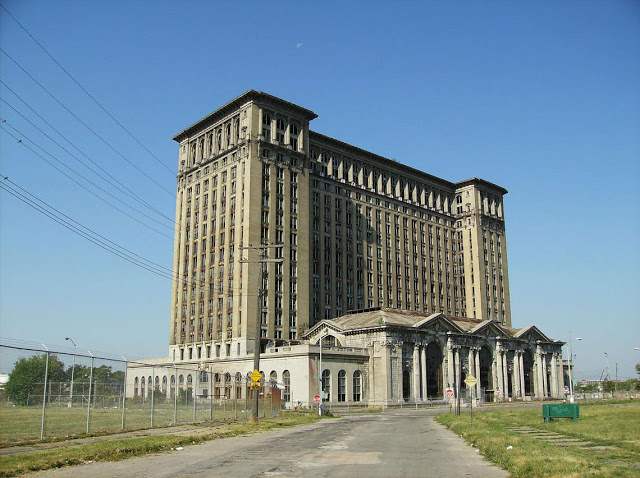 The unfinished building began operating as Detroit's main passenger depot in 1913 after the older Michigan Central Station burned on December 26, 1913. The growing trend toward increased automobile use was not a large concern in 1913, as is evidenced in the design of the building. Most passengers would arrive at and leave from Michigan Central Station by interurban service or streetcar and not as pedestrians due to the station's remote distance from downtown Detroit. The reason for the placement this far from downtown was a hope that the station would be an anchor for prosperity to follow.
The unfinished building began operating as Detroit's main passenger depot in 1913 after the older Michigan Central Station burned on December 26, 1913. The growing trend toward increased automobile use was not a large concern in 1913, as is evidenced in the design of the building. Most passengers would arrive at and leave from Michigan Central Station by interurban service or streetcar and not as pedestrians due to the station's remote distance from downtown Detroit. The reason for the placement this far from downtown was a hope that the station would be an anchor for prosperity to follow.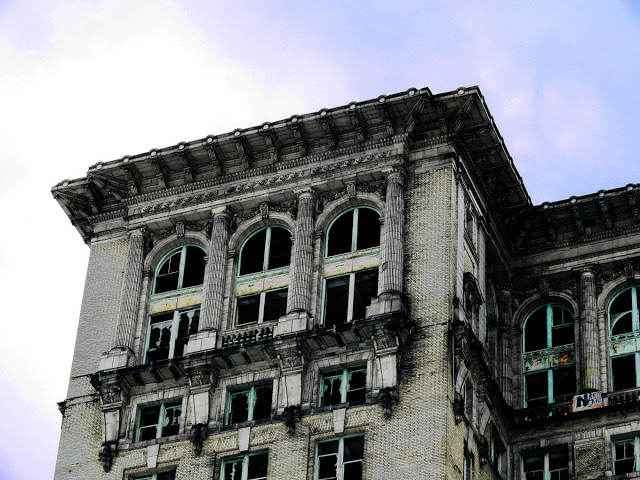 Initially, things were looking up as Henry Ford began to buy land near the station in the 1920s and plans were made, but the Great Depression and other circumstances squelched the development efforts. Further compounding MCS's future problems was the fact that no large parking facility was included in the original design of the facility. So when the interurban service was discontinued not even two decades after MCS opened and streetcar service following in 1938, MCS was effectively isolated from a large majority of the population.
Initially, things were looking up as Henry Ford began to buy land near the station in the 1920s and plans were made, but the Great Depression and other circumstances squelched the development efforts. Further compounding MCS's future problems was the fact that no large parking facility was included in the original design of the facility. So when the interurban service was discontinued not even two decades after MCS opened and streetcar service following in 1938, MCS was effectively isolated from a large majority of the population.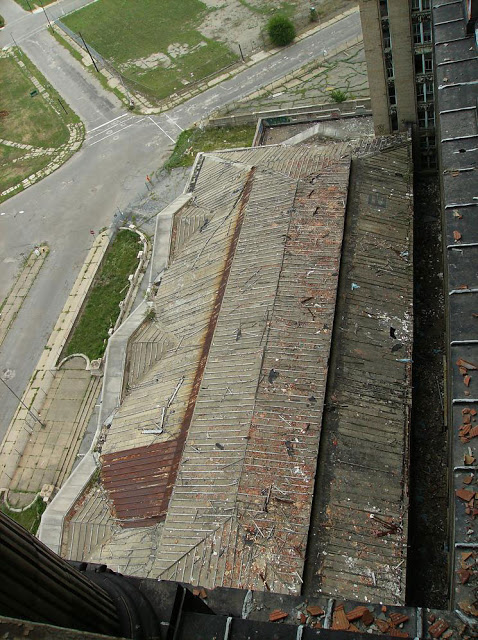 However, even with fewer means to get to and from the station, passenger volume did not decrease immediately. During World War II, the station saw heavy military use, but once the war ended, passenger volume began to decline. Service was cut back and passenger traffic became so low that the owners of the station attempted to sell the facility in 1956 for $5 million, one-third of its original building cost in 1913.
However, even with fewer means to get to and from the station, passenger volume did not decrease immediately. During World War II, the station saw heavy military use, but once the war ended, passenger volume began to decline. Service was cut back and passenger traffic became so low that the owners of the station attempted to sell the facility in 1956 for $5 million, one-third of its original building cost in 1913.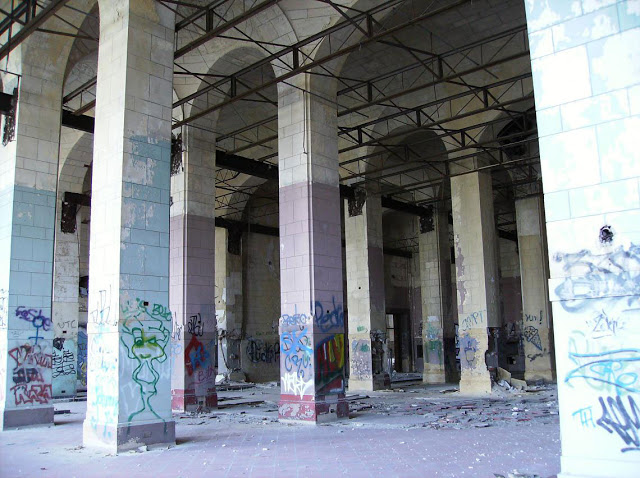 The main waiting room and entrance were reopened in 1975 and a $1.25 million renovation projects was begun in 1978. Only 6 years later, the building was sold for a transportation center project that never materialized. Then, on January 6, 1988, the last Amtrak train pulled away from the station after it was decided to close the facility.
The main waiting room and entrance were reopened in 1975 and a $1.25 million renovation projects was begun in 1978. Only 6 years later, the building was sold for a transportation center project that never materialized. Then, on January 6, 1988, the last Amtrak train pulled away from the station after it was decided to close the facility.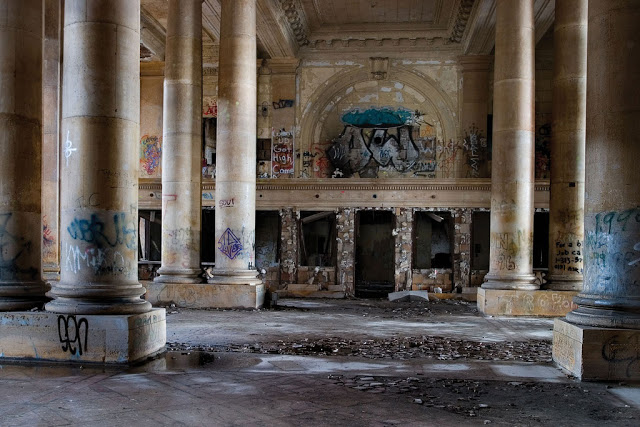
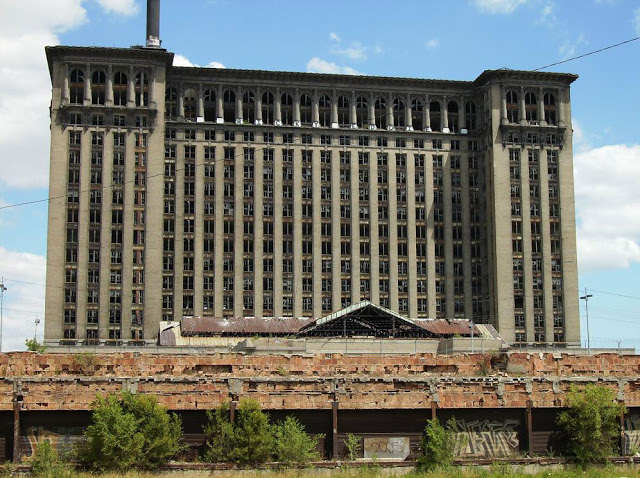
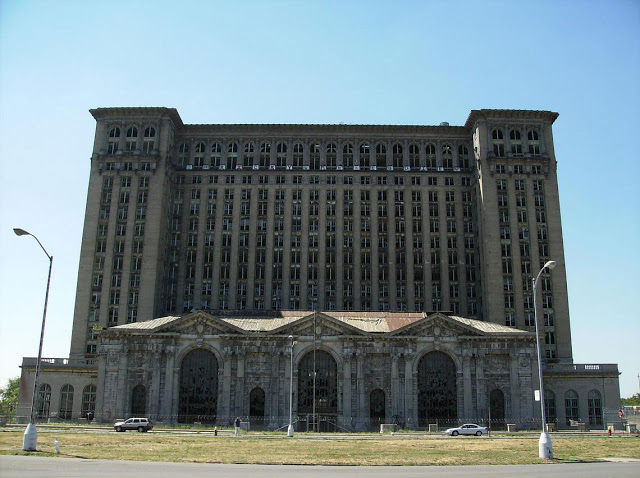
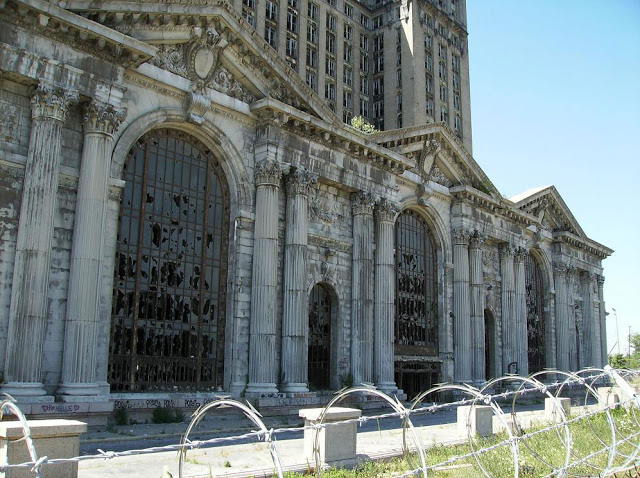
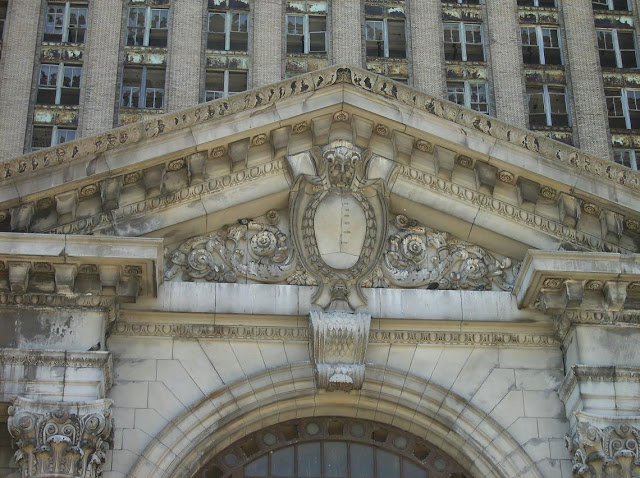
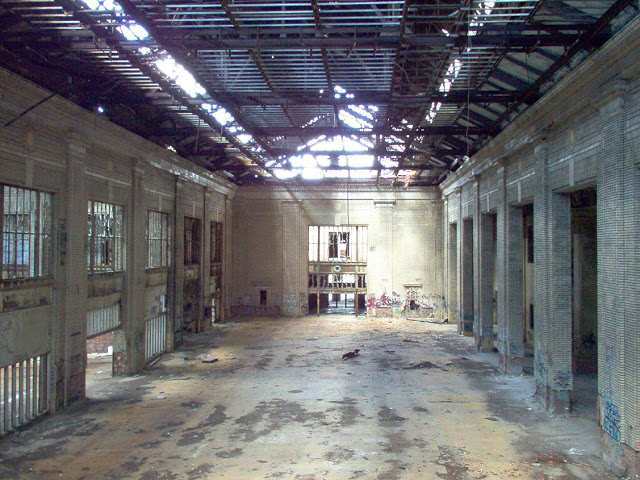
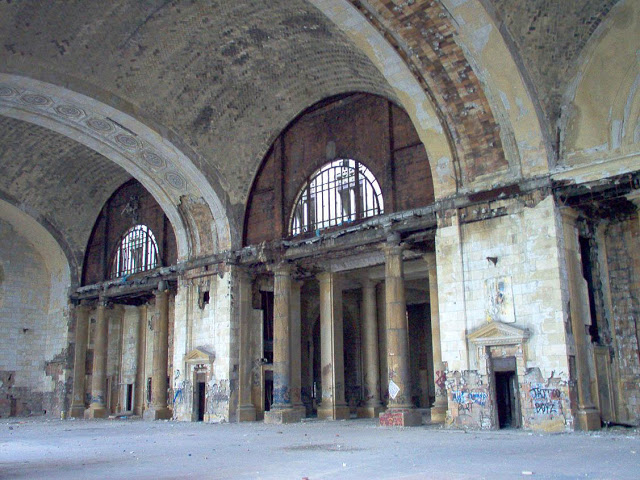
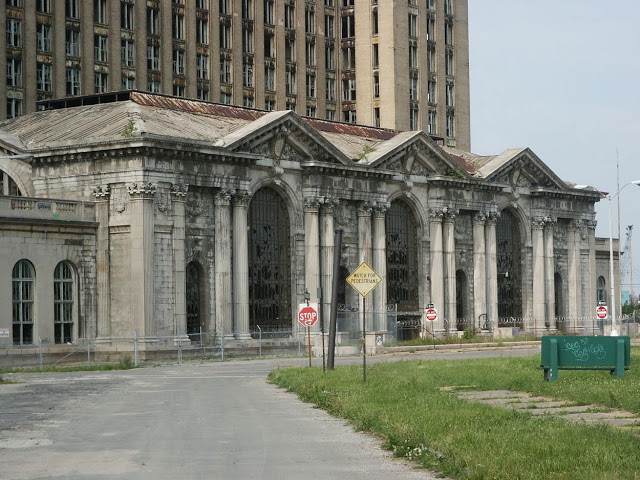
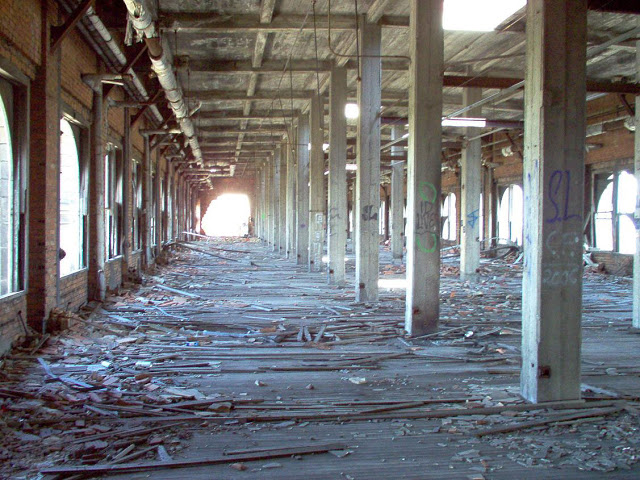
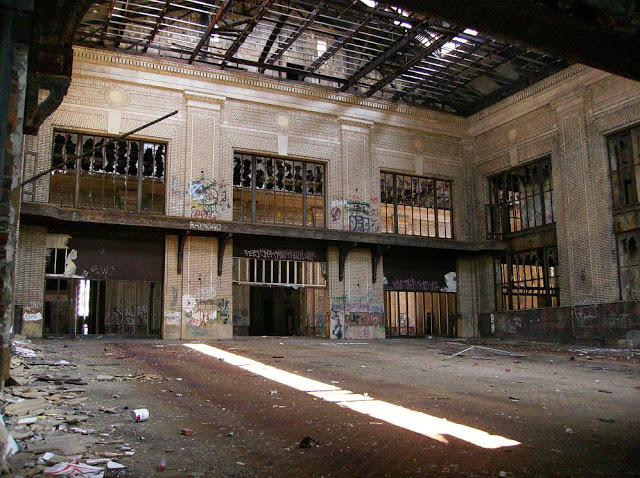
 The unfinished building began operating as Detroit's main passenger depot in 1913 after the older Michigan Central Station burned on December 26, 1913. The growing trend toward increased automobile use was not a large concern in 1913, as is evidenced in the design of the building. Most passengers would arrive at and leave from Michigan Central Station by interurban service or streetcar and not as pedestrians due to the station's remote distance from downtown Detroit. The reason for the placement this far from downtown was a hope that the station would be an anchor for prosperity to follow.
The unfinished building began operating as Detroit's main passenger depot in 1913 after the older Michigan Central Station burned on December 26, 1913. The growing trend toward increased automobile use was not a large concern in 1913, as is evidenced in the design of the building. Most passengers would arrive at and leave from Michigan Central Station by interurban service or streetcar and not as pedestrians due to the station's remote distance from downtown Detroit. The reason for the placement this far from downtown was a hope that the station would be an anchor for prosperity to follow. Initially, things were looking up as Henry Ford began to buy land near the station in the 1920s and plans were made, but the Great Depression and other circumstances squelched the development efforts. Further compounding MCS's future problems was the fact that no large parking facility was included in the original design of the facility. So when the interurban service was discontinued not even two decades after MCS opened and streetcar service following in 1938, MCS was effectively isolated from a large majority of the population.
Initially, things were looking up as Henry Ford began to buy land near the station in the 1920s and plans were made, but the Great Depression and other circumstances squelched the development efforts. Further compounding MCS's future problems was the fact that no large parking facility was included in the original design of the facility. So when the interurban service was discontinued not even two decades after MCS opened and streetcar service following in 1938, MCS was effectively isolated from a large majority of the population. However, even with fewer means to get to and from the station, passenger volume did not decrease immediately. During World War II, the station saw heavy military use, but once the war ended, passenger volume began to decline. Service was cut back and passenger traffic became so low that the owners of the station attempted to sell the facility in 1956 for $5 million, one-third of its original building cost in 1913.
However, even with fewer means to get to and from the station, passenger volume did not decrease immediately. During World War II, the station saw heavy military use, but once the war ended, passenger volume began to decline. Service was cut back and passenger traffic became so low that the owners of the station attempted to sell the facility in 1956 for $5 million, one-third of its original building cost in 1913. The main waiting room and entrance were reopened in 1975 and a $1.25 million renovation projects was begun in 1978. Only 6 years later, the building was sold for a transportation center project that never materialized. Then, on January 6, 1988, the last Amtrak train pulled away from the station after it was decided to close the facility.
The main waiting room and entrance were reopened in 1975 and a $1.25 million renovation projects was begun in 1978. Only 6 years later, the building was sold for a transportation center project that never materialized. Then, on January 6, 1988, the last Amtrak train pulled away from the station after it was decided to close the facility.









Buzludzha the abandoned communist concrete flying saucer from Bulgaria
G Auad, a reader of The Artificial owl nicely sent me some pictures of this incredible abandoned building located in the mountains of his country, Bulgaria. This is the first inclusion on AO of a reader's suggestion, and frankly I hope to get a lot more, because this one is great. Thanks G Auad! The flying saucer shape building is called the Buzludzha Monument, It is located in Buzludzha National Park in the Central Stara Planina, right in the middle of Bulgaria. So what is the story of this construction exactly? In 1891 the socialists led by Dimitar Blagoev assembled secretly in the area to form an organised socialist movement. In honour of this act was built the Buzludzha Monument, one of the symbols of the socialism in Bulgaria. The building is now abandoned but still stands alone in the most beautiful landscape.
So what is the story of this construction exactly? In 1891 the socialists led by Dimitar Blagoev assembled secretly in the area to form an organised socialist movement. In honour of this act was built the Buzludzha Monument, one of the symbols of the socialism in Bulgaria. The building is now abandoned but still stands alone in the most beautiful landscape.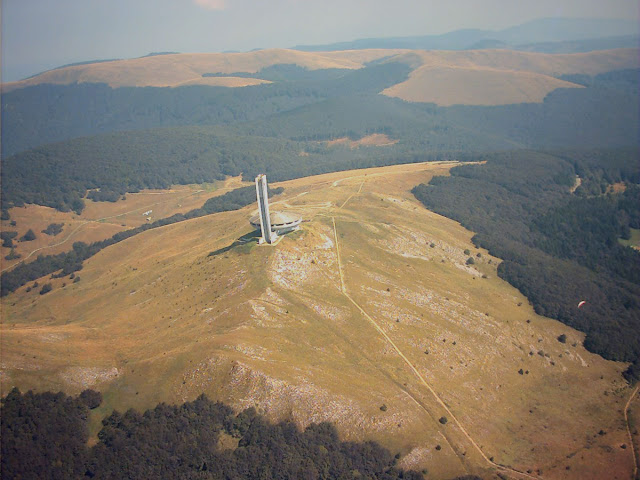

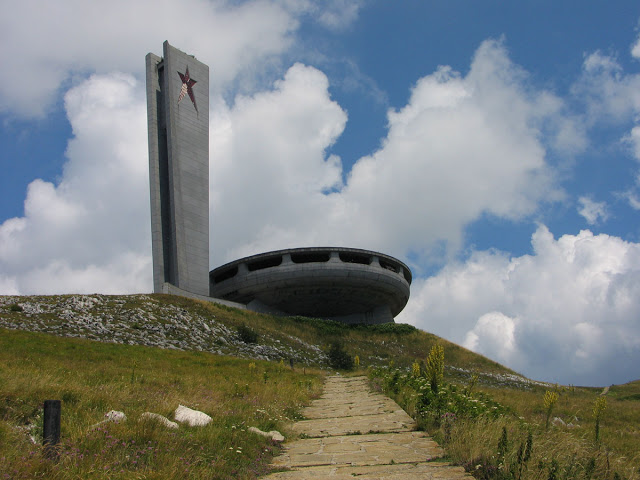
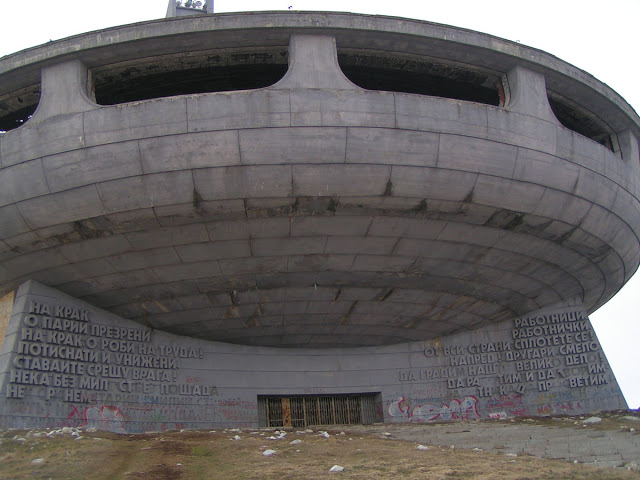

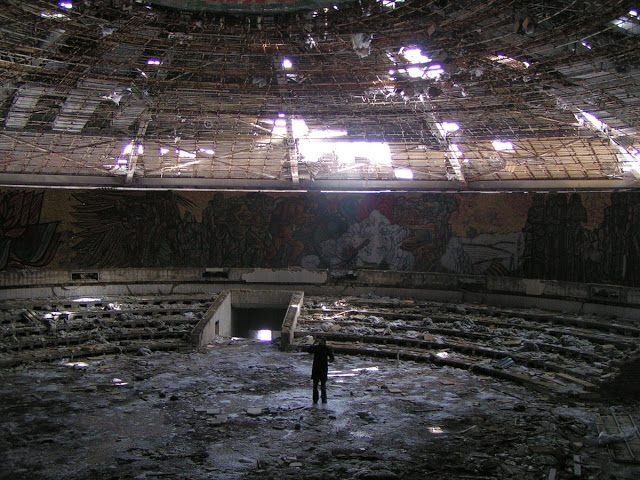
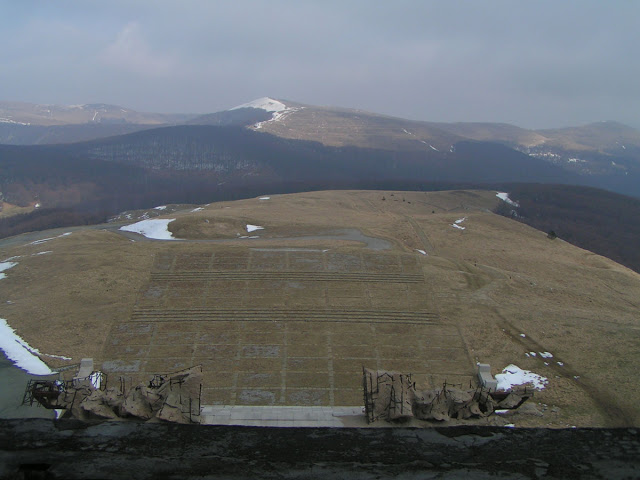
 So what is the story of this construction exactly? In 1891 the socialists led by Dimitar Blagoev assembled secretly in the area to form an organised socialist movement. In honour of this act was built the Buzludzha Monument, one of the symbols of the socialism in Bulgaria. The building is now abandoned but still stands alone in the most beautiful landscape.
So what is the story of this construction exactly? In 1891 the socialists led by Dimitar Blagoev assembled secretly in the area to form an organised socialist movement. In honour of this act was built the Buzludzha Monument, one of the symbols of the socialism in Bulgaria. The building is now abandoned but still stands alone in the most beautiful landscape.






Abandoned lead mine of Aouli
The lead mine of aouli is located in a remote region of the Atlas mountain in Morocco. The site is quiet impressive, located at the bottom of the deep canyon of the river Moulouya. The mine was founded by the french (Morocco was then under partial french control), the lead production would be exported to the north of France. The remote mine operated from 1936 to 1980's and closed when the price of the lead dropped too low to remain profitable.
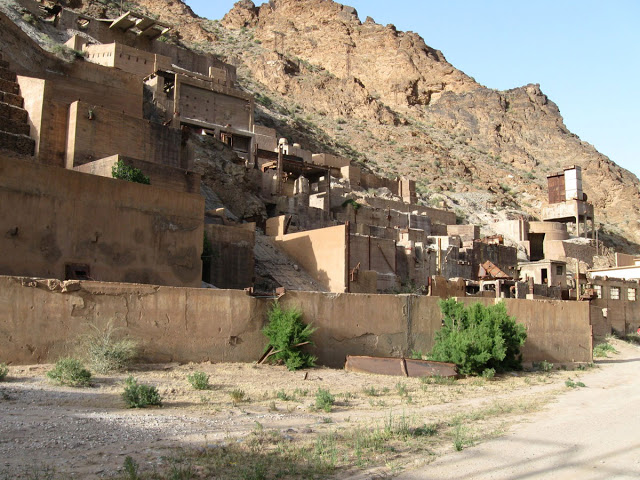
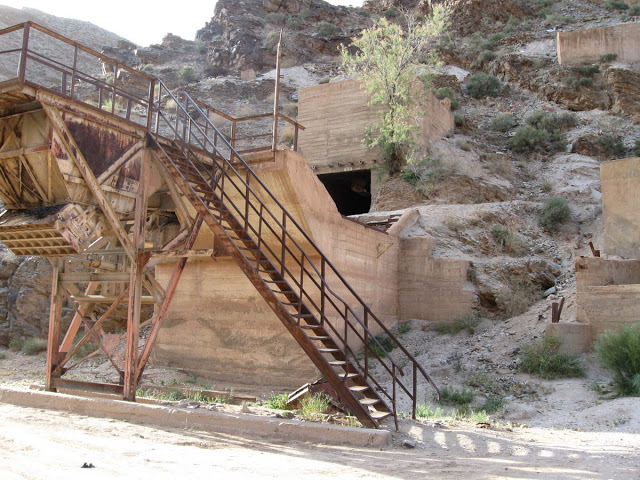
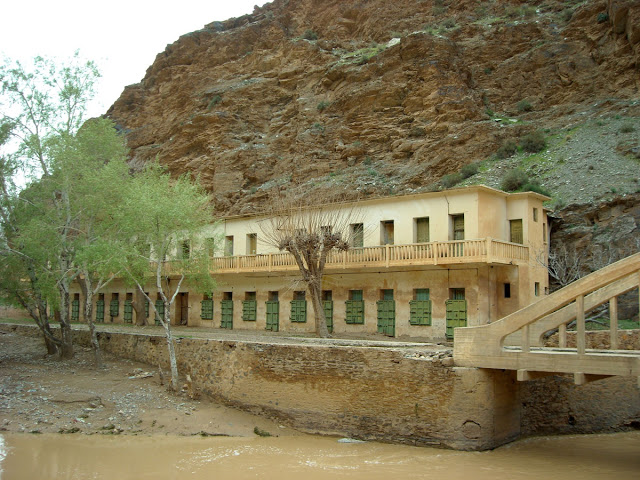
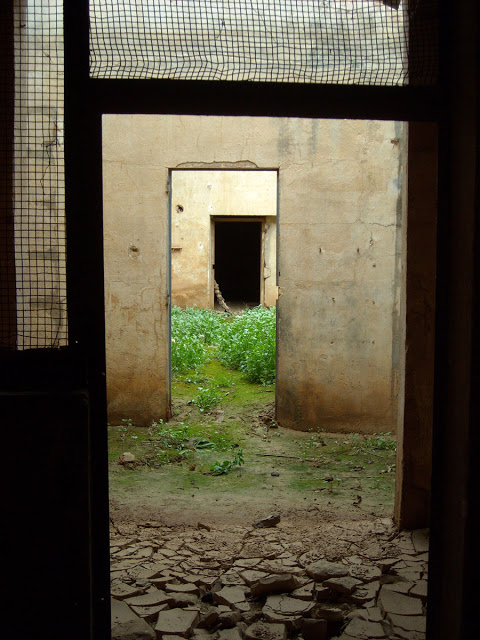
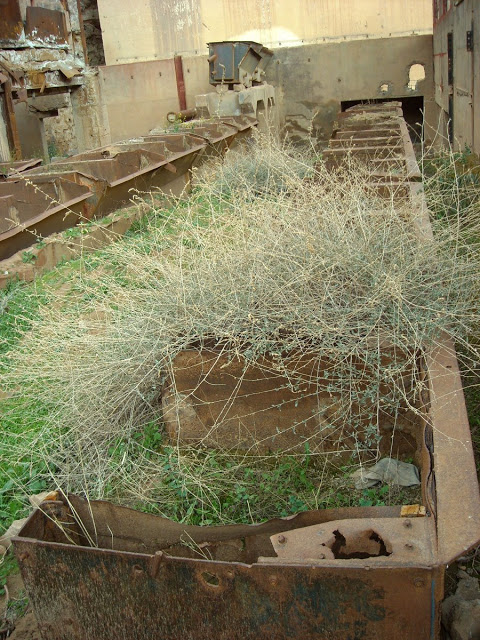

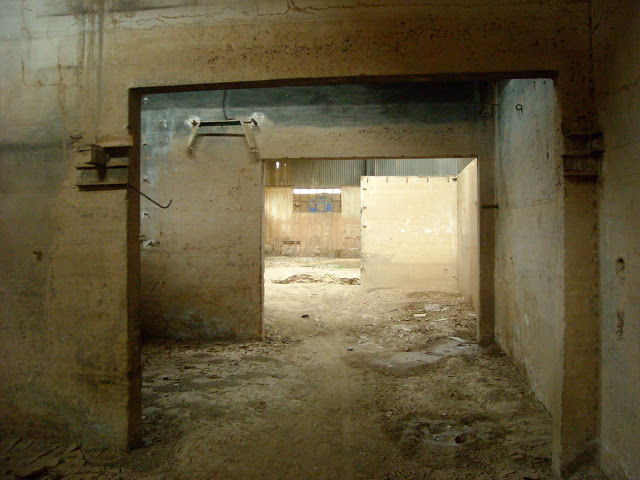
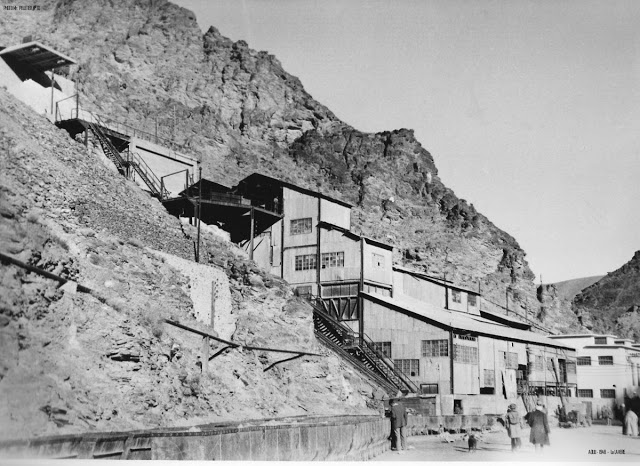 The Aouli mine in 1949.
The Aouli mine in 1949.








 The Aouli mine in 1949.
The Aouli mine in 1949.
Submarines graveyard in Nezametnaya Cove, Kola Peninsula, Russia
Sometime in the ‘70s, Nezametnaya Cove became a ship graveyard. Back then the shipyards had a hard time keeping up with the regular and urgent orders, so as a rule, they didn’t even begin to deal with dismantling old submarines. So they resolved the problem of their scrapping very simply: if they weren’t sunk as targets during exercises, they were towed to the next cove over where the hull soon just floated on the surface. According to the accounts of veterans, there were still some ships and boats floating there
So they resolved the problem of their scrapping very simply: if they weren’t sunk as targets during exercises, they were towed to the next cove over where the hull soon just floated on the surface. According to the accounts of veterans, there were still some ships and boats floating there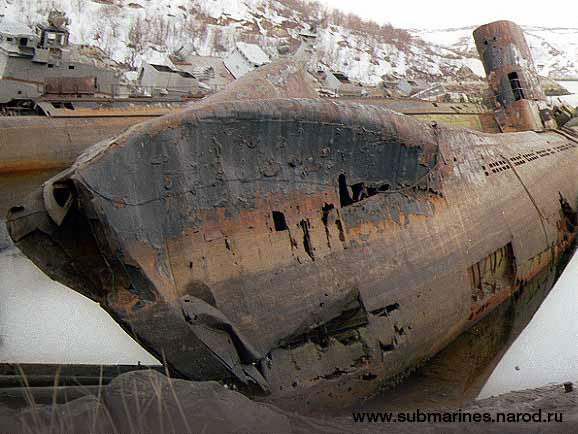
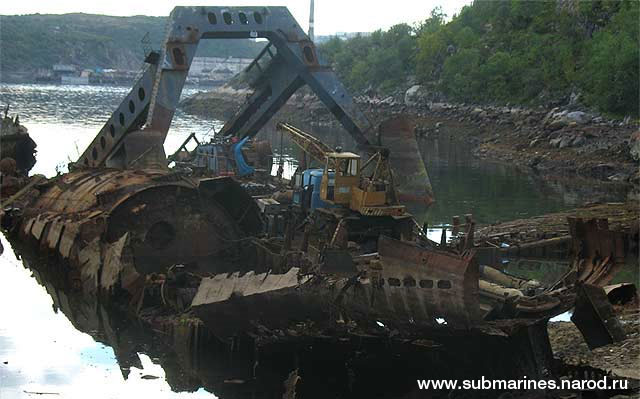
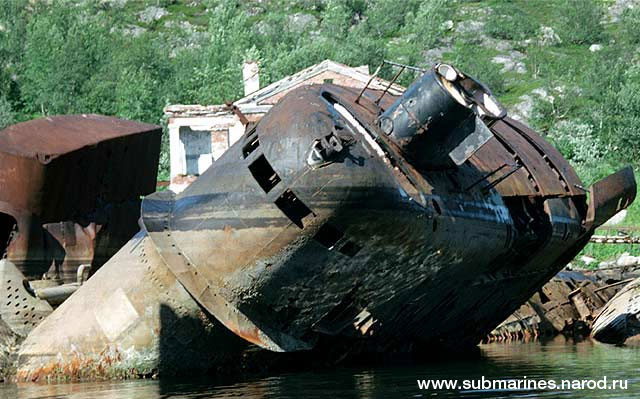
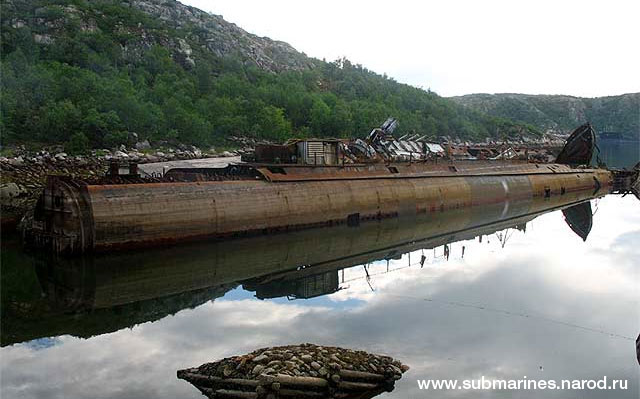
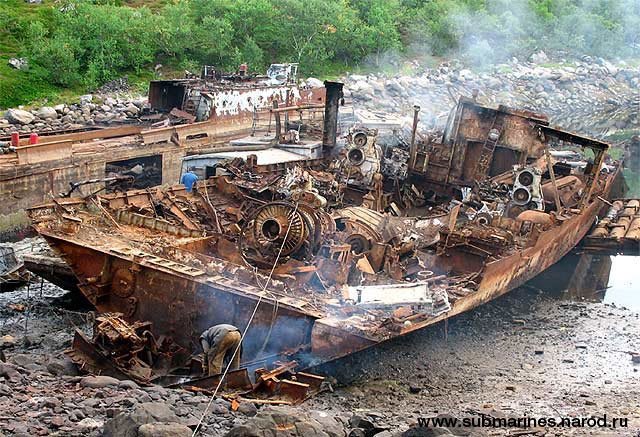
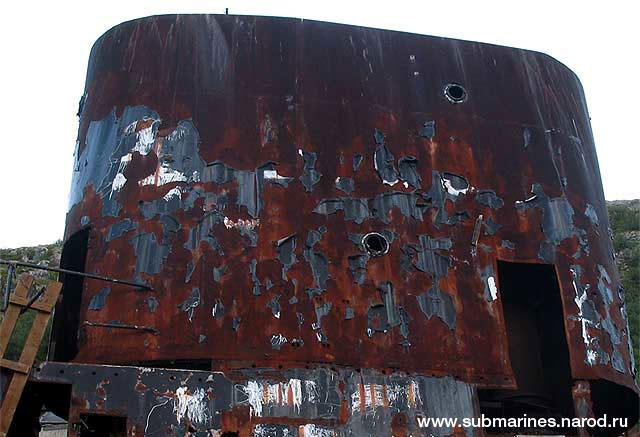
 So they resolved the problem of their scrapping very simply: if they weren’t sunk as targets during exercises, they were towed to the next cove over where the hull soon just floated on the surface. According to the accounts of veterans, there were still some ships and boats floating there
So they resolved the problem of their scrapping very simply: if they weren’t sunk as targets during exercises, they were towed to the next cove over where the hull soon just floated on the surface. According to the accounts of veterans, there were still some ships and boats floating there





